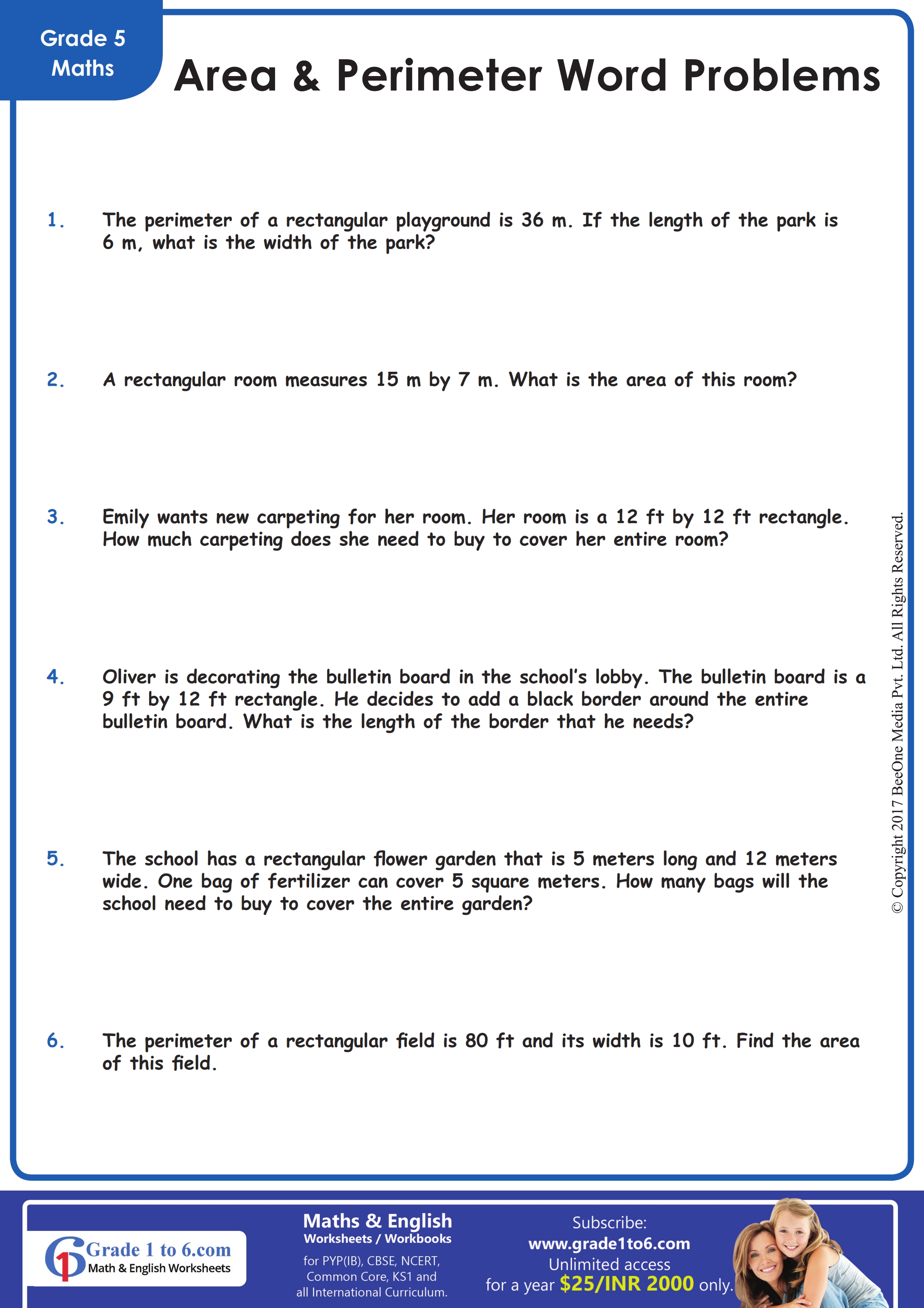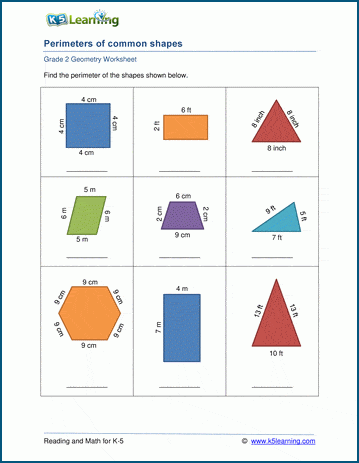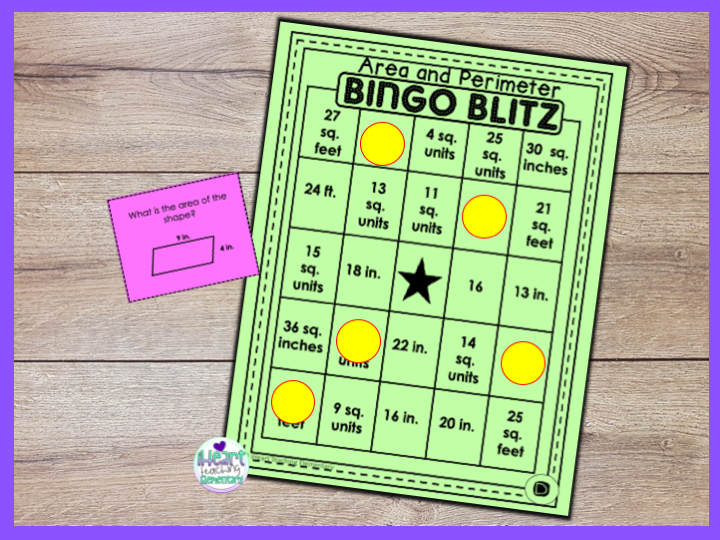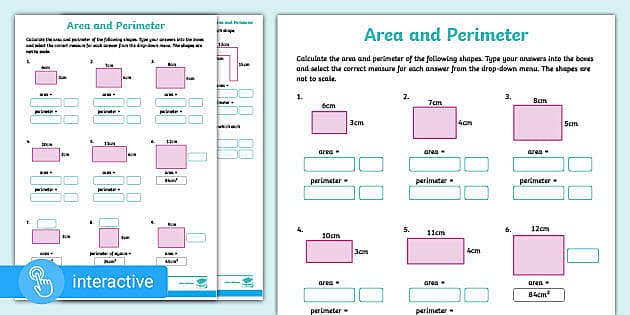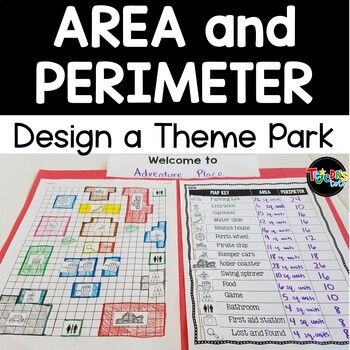Topic what is the perimeter of polygon abcd: Learn what the perimeter of a polygon is and how to calculate it in this comprehensive guide. Understand the fundamental concepts, formulas, and practical examples to master perimeter calculations. Whether you're a student or enthusiast, this article provides valuable insights into the world of polygons and perimeter.
Table of Content
- Perimeter of Polygon ABCD
- Introduction to Polygons
- Definition of Perimeter
- Formulas for Calculating Perimeter
- Examples of Calculating Perimeter
- Practice Problems on Perimeter
- Difference Between Area and Perimeter
- Frequently Asked Questions (FAQs)
- YOUTUBE: Xem video này để tìm hiểu tỷ lệ chu vi của vòng tròn ngoại và đa giác ABCD trong môn hình học và toán học.
Perimeter of Polygon ABCD
The perimeter of a polygon is the total length of its boundary. To find the perimeter of polygon ABCD, we need to add the lengths of all its sides. Here are the steps to calculate the perimeter:
Steps to Find the Perimeter
- Identify if the polygon is regular or irregular.
- If it is regular, use the formula:
\[ \text{Perimeter} = (\text{number of sides}) \times (\text{length of one side}) \]
- If it is irregular, add the lengths of all sides.
Example Calculation
Let's find the perimeter of a rectangle ABCD with the following sides:
- AB = 5 units
- BC = 3 units
- CD = 5 units
- DA = 3 units
Using the formula for a rectangle's perimeter:
\[
\text{Perimeter} = 2 \times (\text{length} + \text{breadth}) = 2 \times (5 + 3) = 2 \times 8 = 16 \text{ units}
\]
Perimeter Using Coordinates
If the coordinates of the vertices are given, use the distance formula to find the lengths of the sides. For example, for a polygon with vertices A(0, 0), B(0, 4), C(4, 4), and D(4, 0):
- AB = \(\sqrt{(0-0)^2 + (4-0)^2} = 4\) units
- BC = \(\sqrt{(4-0)^2 + (4-4)^2} = 4\) units
- CD = \(\sqrt{(4-4)^2 + (0-4)^2} = 4\) units
- DA = \(\sqrt{(4-0)^2 + (0-0)^2} = 4\) units
Since all sides are equal, the perimeter is:
\[
\text{Perimeter} = 4 \times 4 = 16 \text{ units}
\]
Conclusion
The perimeter of polygon ABCD can be easily calculated by adding the lengths of all its sides, using simple geometric formulas for regular polygons or the distance formula for coordinates of irregular polygons.

READ MORE:
Introduction to Polygons
A polygon is a closed figure formed by straight lines. It consists of line segments connected end-to-end to form a closed shape. Polygons are categorized based on the number of sides they have. They are fundamental shapes in geometry and have various applications in mathematics, engineering, and everyday life.
Polygons can be classified into different types depending on the number of sides they possess. Some common types include:
- Triangle: A polygon with three sides.
- Quadrilateral: A polygon with four sides.
- Pentagon: A polygon with five sides.
- Hexagon: A polygon with six sides.
- Heptagon: A polygon with seven sides.
- Octagon: A polygon with eight sides.
- Nonagon: A polygon with nine sides.
- Decagon: A polygon with ten sides.
Understanding polygons is essential for various geometric calculations, including finding their perimeter, area, and angles. In this article, we'll delve deeper into the world of polygons, exploring their properties, classifications, and practical applications.
Definition of Perimeter
The perimeter of a polygon is the total length of its boundary or the sum of the lengths of all its sides. It is the distance around the outside of the polygon. Calculating the perimeter is essential for determining the total length required to enclose the polygon.
The perimeter is measured in linear units, such as meters, centimeters, or feet, depending on the unit of measurement used for the sides of the polygon.
To find the perimeter of a polygon, you simply add up the lengths of all its sides. The formula for calculating the perimeter of different types of polygons may vary based on their shapes and properties.
Formulas for Calculating Perimeter
The formulas for calculating the perimeter of different types of polygons are essential tools for solving geometric problems. Here are some commonly used formulas:
- Perimeter of a Triangle: The perimeter of a triangle is the sum of the lengths of its three sides. If the lengths of the sides are \( a \), \( b \), and \( c \), then the perimeter \( P \) is given by \( P = a + b + c \).
- Perimeter of a Quadrilateral: For a quadrilateral with side lengths \( a \), \( b \), \( c \), and \( d \), the perimeter \( P \) is calculated as \( P = a + b + c + d \).
- Perimeter of a Regular Polygon: If a regular polygon has \( n \) sides and each side has length \( s \), then the perimeter \( P \) is given by \( P = n \times s \).
- Perimeter of a Circle: The perimeter of a circle, also known as its circumference, is given by the formula \( C = 2\pi r \), where \( r \) is the radius of the circle.
By using these formulas, you can easily calculate the perimeter of various polygons encountered in geometry and real-world applications.
Examples of Calculating Perimeter
Understanding how to calculate the perimeter of polygons is easier with practical examples. Here are some examples:
- Example 1: Perimeter of a Triangle
Consider a triangle with side lengths of 5 cm, 8 cm, and 10 cm. To find the perimeter, add the lengths of all three sides: \( 5 + 8 + 10 = 23 \) cm.
- Example 2: Perimeter of a Square
For a square with all sides equal to 6 inches, calculate the perimeter by adding the lengths of all four sides: \( 6 + 6 + 6 + 6 = 24 \) inches.
- Example 3: Perimeter of a Rectangle
Suppose a rectangle has dimensions of length 7 cm and width 4 cm. The perimeter is found by adding the lengths of all four sides: \( 7 + 7 + 4 + 4 = 22 \) cm.
- Example 4: Perimeter of a Regular Polygon
For a regular hexagon with each side measuring 9 meters, the perimeter is calculated by multiplying the number of sides by the length of one side: \( 6 \times 9 = 54 \) meters.
These examples illustrate how to apply the perimeter formulas to various polygons, helping you grasp the concept effectively.

Practice Problems on Perimeter
Practice problems are an excellent way to reinforce your understanding of perimeter calculations. Here are some practice problems for you:
- Problem 1: Calculate the perimeter of a triangle with side lengths 12 cm, 15 cm, and 18 cm.
- Problem 2: Find the perimeter of a rectangle with dimensions length = 10 meters and width = 6 meters.
- Problem 3: Determine the perimeter of a regular pentagon with each side measuring 8 inches.
- Problem 4: Calculate the perimeter of a hexagon with side lengths 4 cm each.
Take your time to solve these problems, applying the appropriate formulas and techniques discussed in the previous sections. Practice will help you master perimeter calculations and build confidence in solving geometric problems.
Difference Between Area and Perimeter
While both area and perimeter are measurements used in geometry, they represent different aspects of a shape's characteristics:
- Definition: The perimeter of a polygon is the total length of its boundary, whereas the area is the measure of the space enclosed by the polygon.
- Units: Perimeter is measured in linear units (e.g., meters, centimeters), representing the total length around the shape. Area, on the other hand, is measured in square units (e.g., square meters, square centimeters), representing the extent of the surface enclosed by the shape.
- Calculation: Perimeter is calculated by adding up the lengths of all the sides of the polygon. In contrast, area is calculated by multiplying the length and width of the shape or applying specific formulas depending on the shape's geometry.
- Interpretation: Perimeter is often associated with concepts such as boundary, fencing, or perimeter security, whereas area is linked to concepts such as surface area, coverage, or spatial extent.
- Use: Perimeter is commonly used in scenarios involving measurement of boundaries or determination of required materials (e.g., fencing material). Area is frequently used in scenarios requiring calculation of surface coverage or spatial extent (e.g., land area, carpeting).
Understanding the difference between area and perimeter is crucial for accurate geometric calculations and their practical applications.
Frequently Asked Questions (FAQs)
-
What is the difference between perimeter and area?
The perimeter of a polygon is the total length of its boundary, while the area is the measure of the space enclosed by the polygon. Perimeter is measured in linear units, whereas area is measured in square units.
-
How do you calculate the perimeter of a polygon?
To calculate the perimeter of a polygon, add up the lengths of all its sides. The formula for perimeter may vary depending on the type of polygon.
-
What are some examples of polygons?
Examples of polygons include triangles, quadrilaterals (e.g., squares, rectangles), pentagons, hexagons, and many more. Any closed figure formed by straight lines is considered a polygon.
-
Why is perimeter important?
Perimeter is important because it helps determine the total length required to enclose a shape. It is essential in various real-world applications such as fencing, construction, and land measurement.
-
Can the perimeter of a polygon be negative?
No, the perimeter of a polygon cannot be negative. Perimeter represents a physical length or distance, and negative lengths do not have practical meaning in geometry.
Xem video này để tìm hiểu tỷ lệ chu vi của vòng tròn ngoại và đa giác ABCD trong môn hình học và toán học.
Tìm tỷ lệ chu vi của vòng tròn ngoại và đa giác ABCD | Hình học | Toán học | srrai
READ MORE:
Hãy khám phá cách tính chu vi của hình chữ nhật, hình tròn và hình tam giác trong video ngắn này.
Cách Tìm Chu Vi #chuvi #côngthức #hìnhchữnhật #hìnhtròn #hìnhtamgiác #toán #shorts #ytshorts #yt
